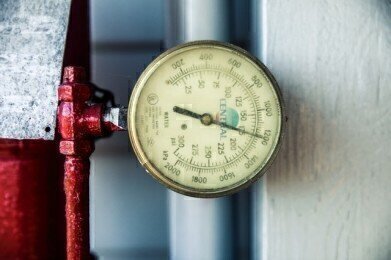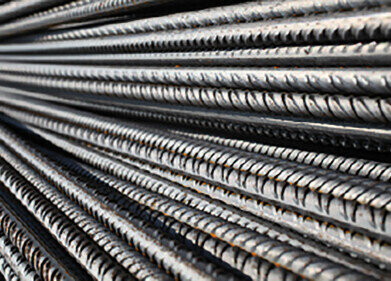Biofuel Industry News
How is Custody Transfer Measured?
Jan 16 2022
When high-value resources such as oil and gas change hands, accurate measurements are critical. Ultra-precise custody transfer systems are used to measure flow rates and ensure transactions are as exact as possible. The ultimate goal is to ensure neither the seller nor buyer is short changed.
Read on for a closer look at some of the different solutions used for custody transfer applications.
Differential pressure flowmeters
Differential pressure (DP) flowmeters use a primary element to constrict the flow stream. A differential pressure transmitter is used to measure variations in upstream and downstream pressure, then calculate how much liquid or gas is changing hands.
It’s not unusual for pressure transmitters and primary elements to be purchased separately from different manufacturers, though some suppliers offer fully integrated systems for easy calibration. Both the American Petroleum Institute (API) and American Gas Association (AGA) have published standards on the use of DP flowmeters for custody transfer processes.
Turbine flowmeters
Turbine flowmeters use rotating blades to measure the flow rate of liquids. They’re one of the most cost-effective options for custody transfer and work best when used with fast flowing, low viscosity liquids. Turbine flowmeters can be used to measure gas flow rates, though these systems are often referred to as axial meters.
Positive displacement flowmeters
Positive displacement (PD) flowmeters are approved by a variety of regulatory oil and gas bodies. Benefits include excellent accuracy, low maintenance and a long operational lifespan. As well as low flow rates, PD systems work well for slow and highly viscous liquids.
Coriolis flowmeters
Coriolis technology is considered gold-standard for oil and gas custody transfer processes. The flowmeters are suitable for a wide range of applications, from heavy crude to natural gas. Unlike velocity based systems, Coriolis flowmeters are not affected by changes in density or viscosity. There are no moving parts which helps to increase system uptime, improve long term stability and ensure measurements are as accurate as possible.
Ultrasonic flowmeters
Ultrasonic flowmeters were first introduced to the oil and gas sector in the 1960s and have become the technology of choice for many buyers and sellers. They operate on volumetric flow rate and generally use the transit-time method, which generates measurements based on sounds waves.
Like Coriolis flowmeters, the lack of moving parts improves accuracy, uptime and longevity. Ultrasonic flowmeters are widely used for natural gas custody transfer applications, with AGA-9 standards published by the American Gas Association considered a global benchmark.
For more information on the different types of custody transfer systems, as well as other topics like the importance of calibration, don’t miss ‘Custody Transfer in Oil and Gas: Your Questions Answered’.
Digital Edition
PIN 25.3 June/July
June 2024
Analytical Instrumentation - Recent Advances In Various Bench Scale Accelerated Oxidative Testing Methods For Fuels - Petrochemical Industry: Anton Paar Solutions Streamline Processes, Reduce H...
View all digital editions
Events
Jul 30 2024 Jakarta, Indonesia
Jul 30 2024 Jakarta, Indonesia
China Energy Summit & Exhibition
Jul 31 2024 Beijing, China
Jul 31 2024 Chengdu, China
Aug 05 2024 Moon Township, PA, USA


















